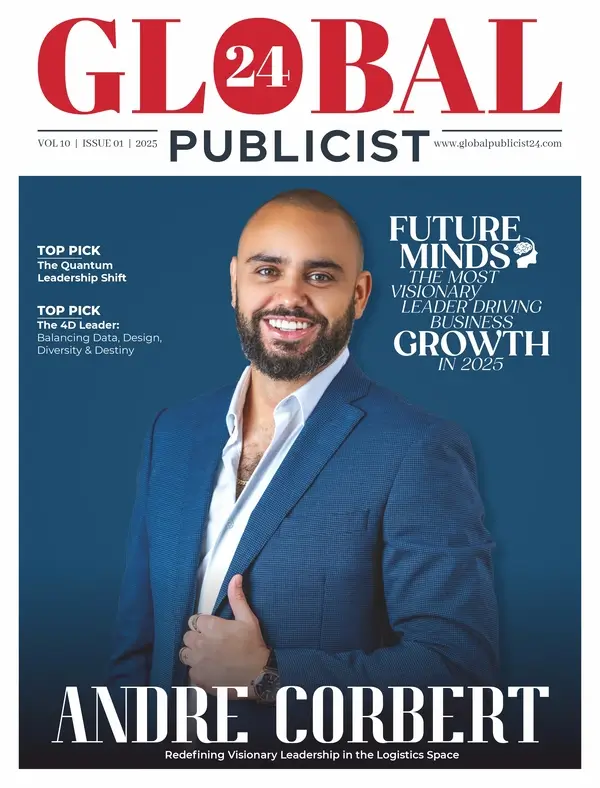The personal finance technology landscape is experiencing unprecedented transformation, with the global personal finance apps market poised to reach $115.26 billion by 2033, representing a remarkable compound annual growth rate (CAGR) of 20.57% from its 2024 valuation of $17.75 billion. This explosive growth reflects a fundamental shift in how consumers approach financial management, driven by technological innovation, changing demographics, and an increasing demand for accessible investment management tools.
Market Evolution and Growth Drivers
The personal financial management (PFM) sector represents a significant component of this broader ecosystem, with projections indicating growth from $8.2 billion in 2024 to $16 billion by 2031 at an 11.1% CAGR. This substantial market expansion is fueled by several converging factors that are reshaping the financial services landscape.
Digital-native generations, particularly millennials and Gen Z consumers, are driving adoption rates as they seek intuitive, mobile-first solutions for financial planning software and investment management. The COVID-19 pandemic accelerated this trend, forcing traditional financial institutions to rapidly digitize their offerings while creating opportunities for fintech startups to capture market share with innovative personal finance apps.
Economic uncertainty and inflation concerns have heightened consumer awareness about the importance of financial literacy and proactive money management. This has created a fertile environment for applications that combine budgeting, saving, and investment capabilities in unified platforms, making sophisticated financial planning accessible to mainstream consumers.
Technology Trends Reshaping Financial Management
The integration of artificial intelligence represents a cornerstone of modern personal finance apps, with the AI-powered segment projected to grow from $1.37 billion in 2024 to $2.36 billion by 2032 at a 7% CAGR. Machine learning algorithms enable unprecedented personalization, analyzing spending patterns, income fluctuations, and financial goals to provide tailored recommendations and automated decision-making support.
Robo-advisory services have democratized investment management, offering algorithm-driven portfolio management previously available only to high-net-worth individuals. These platforms utilize modern portfolio theory and tax-loss harvesting strategies to optimize returns while maintaining appropriate risk levels based on user profiles and objectives.
Open banking initiatives are revolutionizing data accessibility, allowing personal finance apps to aggregate account information from multiple financial institutions. This comprehensive view enables more accurate budgeting, cash flow forecasting, and investment planning, while reducing the friction associated with manual data entry.
Digital wallet integration has emerged as a critical feature, with leading platforms incorporating payment capabilities, cryptocurrency trading, and real-time spending notifications. This convergence of financial services within single applications enhances user engagement and creates additional revenue streams for platform operators.
Platform Business Models and Monetization Strategies
The personal finance app ecosystem encompasses diverse monetization approaches, with subscription and freemium models dominating the landscape. Premium subscription services typically range from $3 to $15 monthly, offering advanced features such as detailed analytics, investment research, and personalized financial coaching.
Freemium models attract users with basic functionality while generating revenue through premium upgrades, affiliate marketing, and strategic partnerships with financial institutions. Many platforms earn commission through product referrals, including credit cards, loans, and insurance products, creating alignment between user financial health and platform profitability.
Transaction-based revenue models are increasingly common among investment-focused applications, charging modest fees for trades, rebalancing, or premium investment options. Some platforms have eliminated trading commissions entirely, instead generating income through payment for order flow and cash management services.
User Demographics and Behavioral Patterns
Contemporary personal finance app users demonstrate distinct characteristics that inform product development and marketing strategies. Millennials represent the largest user segment, comprising approximately 40% of active users, followed by Gen Z at 28% and Gen X at 22%. This demographic distribution reflects comfort with mobile technology and preference for digital-first financial services.
User engagement patterns reveal preferences for automated features, with successful platforms offering automatic savings transfers, bill pay scheduling, and investment contributions. The most effective applications balance automation with user control, providing transparency into algorithmic decisions while maintaining the ability to customize settings based on individual preferences.
Research indicates that users who actively engage with investment management tools within personal finance apps demonstrate superior long-term financial outcomes compared to those using traditional banking services alone. This correlation has driven platform developers to emphasize educational content and goal-setting features that encourage sustained engagement.
Investment Management Capabilities and Features
Modern personal finance apps have evolved far beyond simple budgeting tools, incorporating sophisticated investment management features that rival traditional brokerage platforms. Automated investing capabilities allow users to establish recurring contributions to diversified portfolios, while tax-loss harvesting optimization maximizes after-tax returns.
Portfolio rebalancing algorithms maintain target asset allocations automatically, reducing the behavioral biases that often derail individual investment strategies. Many platforms offer Environmental, Social, and Governance (ESG) investment options, responding to growing consumer demand for socially responsible investing opportunities.
Fractional share investing has democratized access to high-value stocks, enabling users to build diversified portfolios regardless of account size. This feature particularly resonates with younger investors who may lack the capital to purchase full shares of premium companies.
Security and Regulatory Compliance
The rapid growth of personal finance apps has intensified focus on cybersecurity and regulatory compliance. Leading platforms implement bank-level encryption, multi-factor authentication, and biometric security measures to protect sensitive financial data. Regular security audits and penetration testing ensure robust defense against evolving cyber threats.
Regulatory compliance varies by jurisdiction and service offering, with investment-focused applications requiring registration with securities regulators. The implementation of open banking standards has created additional compliance requirements while establishing frameworks for secure data sharing between financial institutions.
Consumer protection measures include FDIC insurance for cash deposits, Securities Investor Protection Corporation (SIPC) coverage for investment accounts, and transparent fee disclosure requirements. These safeguards help build user trust and support mainstream adoption of digital financial services.
Future Innovations and Market Outlook
Blockchain technology integration represents a significant opportunity for personal finance apps, enabling cryptocurrency trading, decentralized finance (DeFi) access, and enhanced transaction transparency. Smart contract capabilities could automate complex financial arrangements, including savings goals and investment strategies.
Advanced analytics and predictive modeling will enhance financial planning accuracy, utilizing alternative data sources to provide more comprehensive financial health assessments. Machine learning algorithms will become increasingly sophisticated, offering proactive recommendations based on market conditions, life events, and changing financial circumstances.
The convergence of personal finance apps with broader fintech ecosystems suggests future platforms will offer comprehensive financial services, including banking, lending, insurance, and wealth management within unified interfaces. This holistic approach positions leading platforms to capture greater wallet share while providing enhanced value to users.
Conclusion
The $115 billion personal finance app market represents more than just technological advancement; it embodies a fundamental democratization of financial services that was previously inaccessible to mainstream consumers. As artificial intelligence, open banking, and blockchain technologies continue to mature, personal finance apps will become increasingly central to individual financial wellness and long-term wealth building.
For financial advisors and fintech professionals, understanding this evolving landscape is crucial for serving clients effectively and identifying partnership opportunities. Consumers benefit from carefully evaluating platform features, security measures, and fee structures to select solutions that align with their financial goals and risk tolerance. The revolution in personal financial management has only just begun, promising continued innovation and expanded accessibility in the years ahead.















